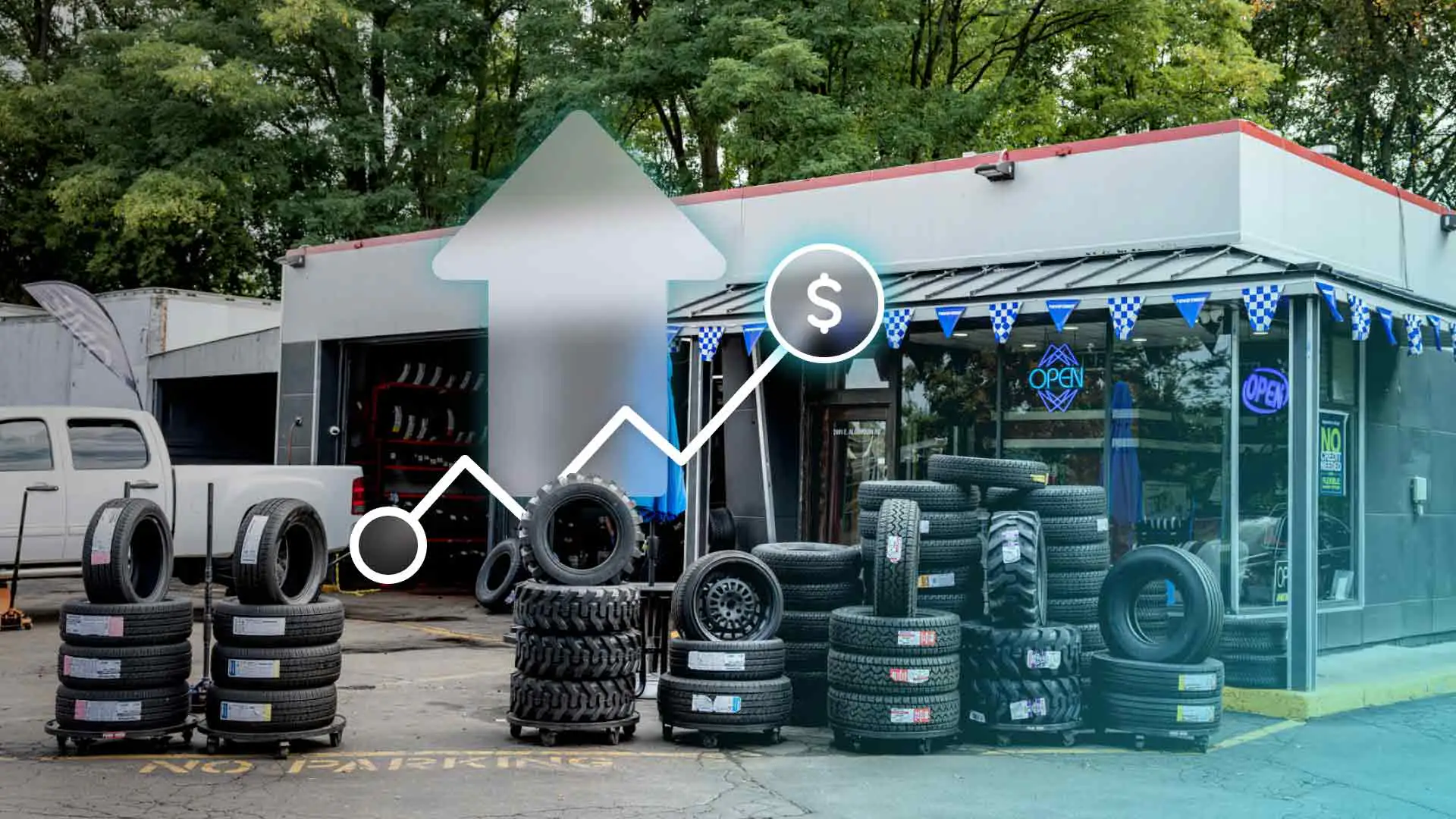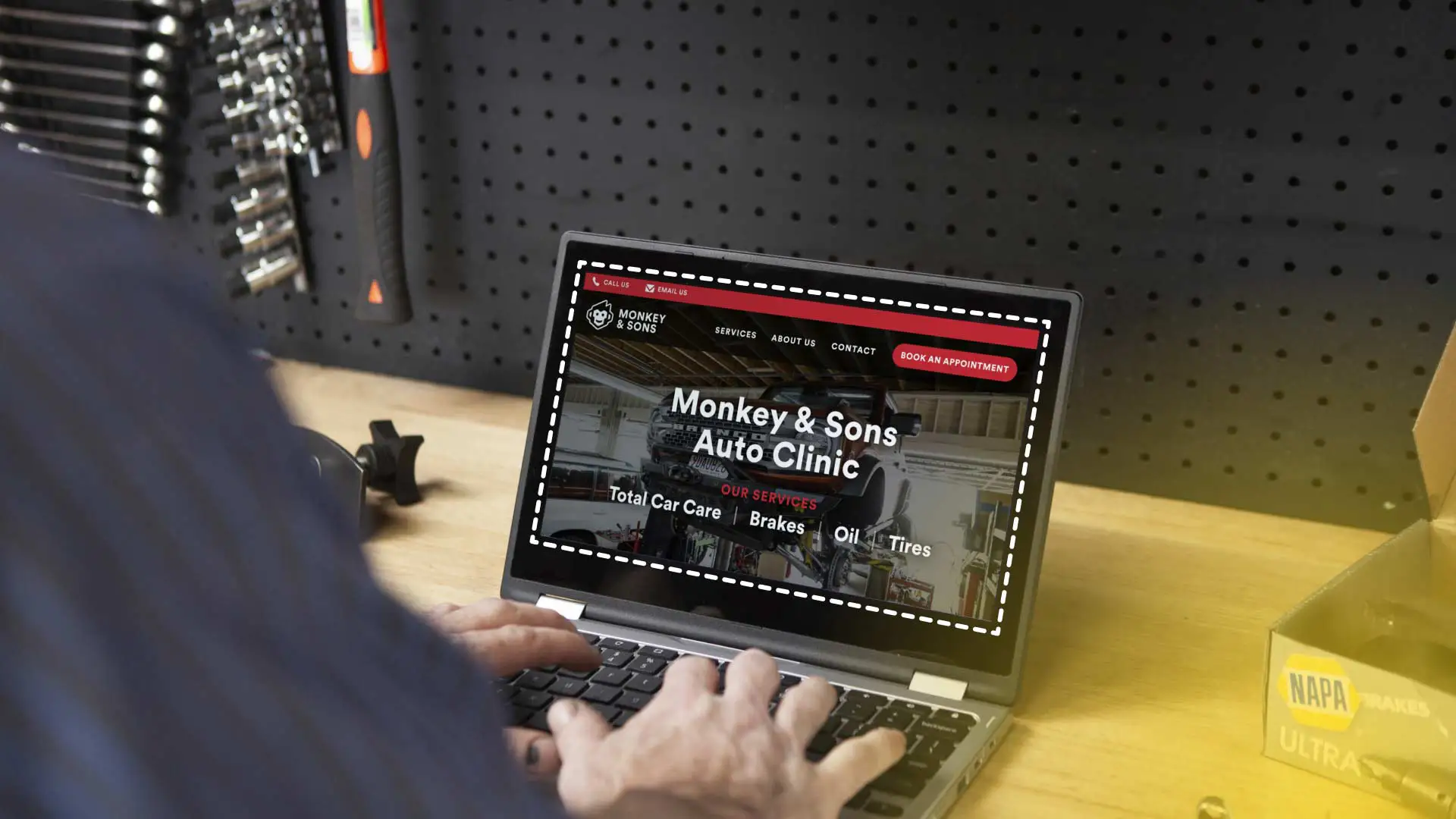If the auto repair industry had a relationship status, it would be something like “It’s complicated.” While demand for services is strong, today’s shop owners are staring down some serious challenges. Rising costs, a shrinking labor pool, and an unpredictable supply chain are all putting pressure on profits and long-term growth.
And with no signs of things leveling out, shops need to be especially proactive with their business strategies.
Take inflation, which is weighing on the industry as we speak. Parts and repairs are getting more expensive, and customers are responding in vastly different ways. Some understand the importance of keeping their vehicles in tip-top shape, while others are delaying service or looking for cheaper solutions.
Sitting on the sidelines isn’t an option when the risks of falling behind, losing customers to competitors, or getting overwhelmed by a changing auto repair market are very real. The key to staying ahead? Shop owners need to be smart and calculated about managing costs, setting prices, and operating efficiently to keep everything running smoothly for as long as these conditions last.
Rising Costs
Parts and Materials
The cost of auto parts and materials has shot up. Everything from brake pads and headlights to tires and fluids is more expensive thanks to inflation and supply chain issues. Specialty parts, like sensors and cameras used in Advanced Driver Assistance Systems (ADAS), were already pricey–but are more so now since they’re harder to come by. Suppliers also take longer to fulfill orders, which means shops either have to wait it out or pay more for express shipping. While we’re at it, throw in the rising cost of shop tools and equipment.
Labor Costs
Demand for qualified technicians is through the roof–and oftentimes their asking price is, too. In response, shops are having to pay more to attract and retain talent. There’s also the added expenses of employee benefits, insurance, and workers’ comp, which further erode profit margins. Not to mention, the ongoing labor shortage translates to higher overtime costs, and can even hurt productivity as workforces are stretched thin.
Operational Expenses
Auto shops’ operational expenses are climbing as well. Electricity and heating bills have gotten fatter, and in many areas rent and even mortgage payments are on the rise. Same goes for software subscriptions, marketing platforms, and other business and administrative services. It even costs more to dispose of hazardous waste, among other things.
The Impact on Customers and Service Demand
Customer Behavior Shifts
Customers are feeling the pinch, too. As we noted earlier, many are holding off on nonessential repairs, or going with cheaper or temporary fixes. At the same time, people are keeping their cars longer than ever, which means more demand for preventative maintenance. Some are even trying their hand at DIY repairs, which often cost more down the road when a pro has to come in and, well, fix the fix.
Service Pricing Challenges
Raising car repair prices is a delicate dance. Shops have to look long and hard at their costs and balance profits against affordability. Everyone’s price-sensitive these days, and a sudden or steep increase could drive business away. That’s where transparency comes in: Being open about why prices are up helps prevent sticker shock and misunderstandings. Offering financing options can also make those bigger repair bills a little easier for customers to stomach.
Competition and Market Dynamics
Smaller shops feel the squeeze of inflation even more since they have less wiggle room to absorb rising costs. Meanwhile, mobile mechanics and DIY solutions are becoming more popular, while dealerships are propping up their service departments with discounts and reward programs. Independent shops need to stay competitive by adapting and showing customers why they’re the best choice.
Strategies for Profitability
1. Inventory Management: Strategic parts ordering and inventory control can make a huge difference for the bottom line. At the same time, working with multiple suppliers provides options when shortages arise. Pro tip: Utilize inventory management software to better track stock levels, predict demand, and even automate ordering.
2. Pricing and Profit Margins: Closely analyzing costs helps keep services priced fairly while margins remain healthy. Offering value-added services–like free diagnostics or inspections–and maintenance packages can justify higher prices and put customers more at ease. Keep tabs on the car repair market, and be ready to adjust pricing as needed.
3. Operational Efficiency: Investing in diagnostic equipment and modern tech helps teams work more efficiently, speeding up repairs and minimizing costly downtime. Tightening up processes, reducing waste, and optimizing the shop for productivity are all good cost-cutting measures as well.
4. Customer Relationship Management (CRM): Building solid relationships with customers is a must. Top-notch service and clear communication are the keys to attracting loyal clients and repeat business. A good CRM system helps shops track customers, send service reminders, and offer targeted promotions. Taking the initiative through regular outreach also keeps those connections strong.
5. Employee Retention and Training: Keeping skilled employees means offering competitive wages, benefits, and a positive work environment. Provide ongoing training and professional development to reinforce this investment and reduce the risk of turnover or dissatisfaction. Cross-training employees to handle multiple roles makes the shop even more flexible and productive.
6. Diversification of Services: Expanding the service menu can open up new revenue streams. Adding detailing, fleet maintenance, or brand-specific repairs could diversify a shop’s clientele and set it apart from the competition.
Adapt and Advance
If we can bank on anything, it’s an unpredictable economy. The best strategy? Stay informed, and be ready to adapt as the market shifts. Forging strong relationships with suppliers, customers, and employees can also help shops navigate these challenges.
The most important thing is to remain positive. While parts, labor, and vehicle repair costs may complicate things, there will always be a need for good quality service!
To keep your customers happy and profits on track, there’s no substitute for the right auto repair shop management software. Shopmonkey’s all-in-one solution streamlines inventory, communications, workflows, and more. Request a demo today!




